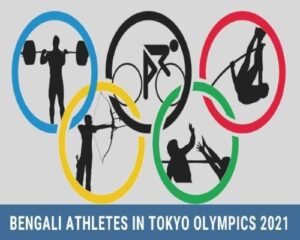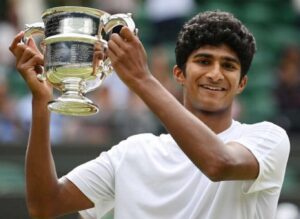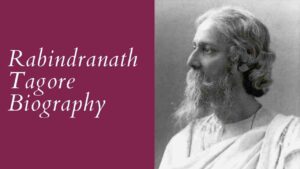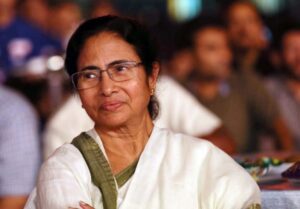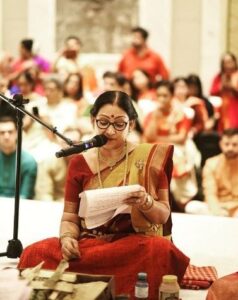Nilima Ghose was the first Indian woman from India to compete at the Olympics. She competed at the 1952 Summer Olympics held in Helsinki, Finland. 17-year-old Nilima was a track and field athlete. She participated in two events, 100m sprint and 80m hurdles.
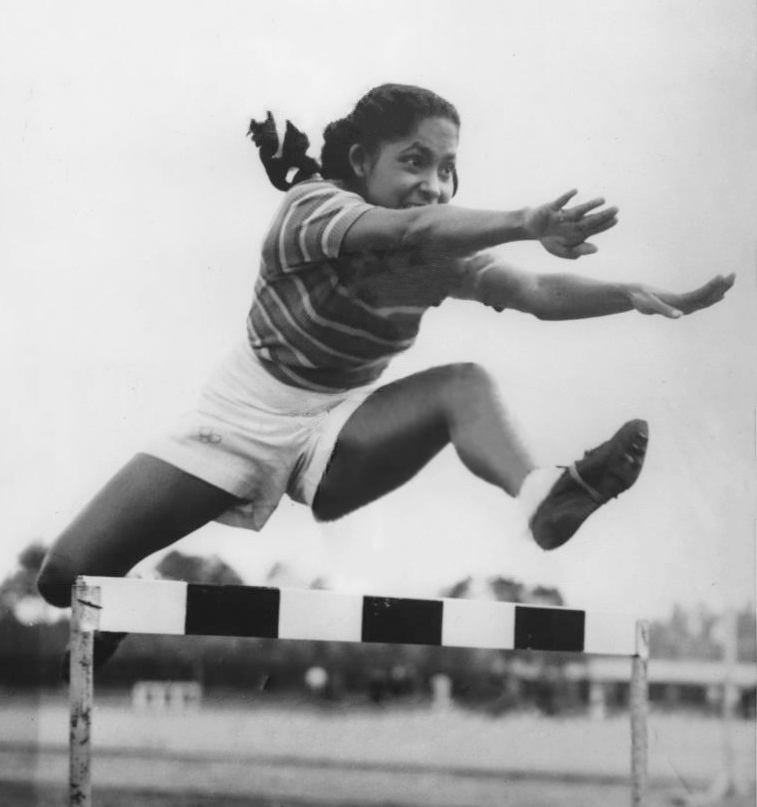
Since 1920, India became a regular at the quadrennial event. But it was only in the 1952 Olympics Games, India sent female sports representatives for the first time.
Nilima Ghose – First Female Indian Olympian
Born on 15th June 1935, Nilima spent most of her childhood training on the track to be an athlete. Her dream to represent India came true when she qualified for the Olympics.
In the 100 meters held on 21st July 1952, she ran in the first heat. Nilima finished the second last in 100 meters with a timing of 13.80 seconds. So, she failed to qualify for the next round.
A couple of days later, on 23rd July 1952, Ghose was back on the track competing in the 80 meters hurdles. This time she finished fifth nearly two seconds behind the winner of her heat.
Although Ghose did not rank, she became the first woman to represent the country at the young age of 17 set an example. Her presence set precedence. She proved to people that even women of the country could compete with the best in the world and bring laurels to the nation if given an opportunity.
On January 29, 1954, Ghose won the 80m hurdles in the West Bengal women’s athletics meets held at Calcutta.
Nilima was multi-talented and also excelled in badminton and discus throw for Bengal. But the world missed witnessing her multi-sport talent as she did not compete in any other amateur or professional sporting events after the 1952 Olympics.
She married footballer Kurt Vick in 1956. They married at the German Consulate in Kolkata. They left India two years later to settle in Germany. After that, she lived her life in seclusion.
Also Read: Bengali Athletes Who Represented India In Tokyo Olympics 2020
1952 Olympics – Four Women Represented India
Nilima was not the only Indian woman at the 1952 games. Sixty-four athletes represented India at the 1952 Olympics. That was also the first time India competed as an independent republic. Four women accompanied the 60 men for the Helsinki event. Apart from Ghose, the strong women’s contingent from India included Arati Saha(swimming), Dolly Rustom Nazir (swimming), and Mary D’Souza Sequeira (athletics).
Another sprinter – a 22-year-old Mary Sequeira, competed in 100m and 200m races during the Helsinki Olympics. On the same day when Nilima Ghose created history by running in the 100 m in heat 1. Mary ran in heat 9. Mary Sequeira was named in the heat number 9 of 100m women’s sprint and Nilima competed in the first heat. That technically made Nilima the first woman to represent India at the Olympics.
After Nilima Ghose and Mary Sequeira, only three more women from India have run the 100m sprint at the quadrennial Games — Mary Leela Rao in 1956, P.T. Usha in 1980, and Dutee Chand in 2016 and 2020.
Arati Saha, another Bengali, was just 12 years old when she participated in the 1952 Olympics. She went on to become the first Asian woman to swim across the English Channel.
Indian Woman Athlete In Olympics
Looking back at the 1952 Games, these women athletes did not win any medal or break any record. But, they broke the stereotypes.
Forty-eight years after their appearance at Olympics, at the Sydney 2000 Games, Karnam Malleswari created history. She became the first Indian woman to win an Olympic medal when she won a bronze medal in weightlifting.
Women athletes of that era challenged societal beliefs regarding a woman’s behavior, mannerisms, and activities. Those days sports events were mainly male-dominated. Hence woman participants at an Olympic level were ground-breaking for the country.
In the last six decades, nobody has found any traces of Nilima Ghose. No one knows if she is alive or not.
Today, Nilima may or may not be around, but her legacy will continue to live on. Her landmark achievement paved the way for strong and successful female Indian athletes.

